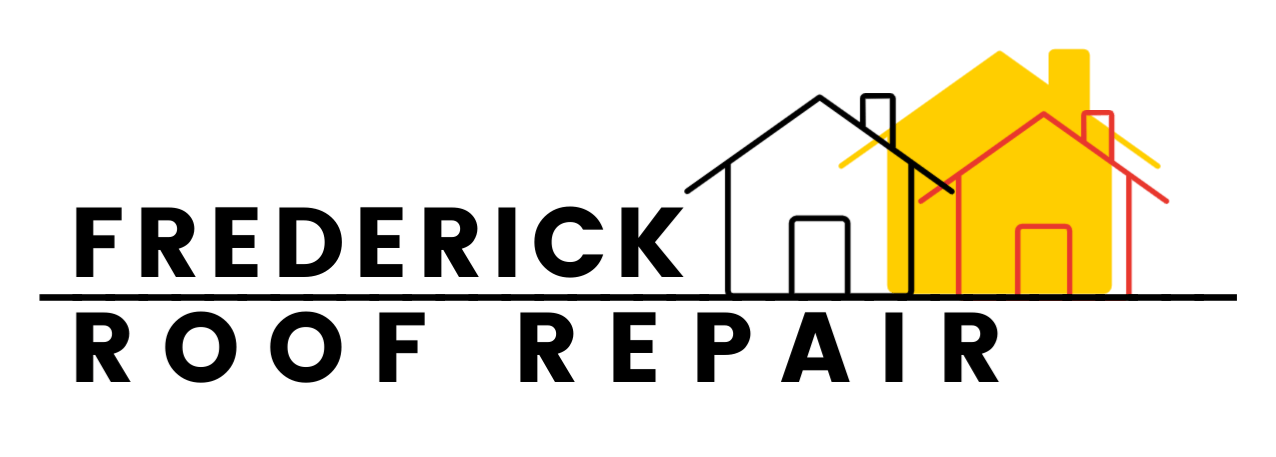Damaging Winds and Asphalt Shingle Roofs
FREDERICK ROOF REPAIR
ROOF REPLACEMENTS | ROOF REPAIRS | ROOF INSPECTIONS
"All you need is food, clothing and a leak-free roof over your head."
Locally Owned
Serving Frederick, Carroll and Montgomery County, MD
Damaging Winds and Asphalt Shingle Roofs
by Stefan Mach | February 24, 2016 | weather
Asphalt shingle roofing materials are especially susceptible to the damaging effects the wind can have. I say “especially” because whereas it is possible for wind to damage other types of roofing systems, asphalt shingles are the most likely to be impacted.
The reason for this is simple. Asphalt shingles suffer from “wind lift”. That is to say, the wind causes the shingles to lift and flex just beneath the line of the shingle where the nails have been placed. It is for this reason that these roofing materials have an adhesive strip placed on them so as to seal the shingle to the one directly beneath it. When shingles are well sealed, they don’t left in the wind and so they don’t come off.
While it is true that shingles are given a wind rating or maximum wind speed that the shingle can be expected to perform well under, it is also true that the wind warranty of any given shingle is shorter than the expected serviceable life of that product. This can be explained by the fact that a shingle which is stuck today might not be stuck tomorrow. The misconception that shingles, once stuck together, forever stay that way is common. The actual truth is that shingles stick a little bit less, and unstick a little bit more, every year through the freeze-thaw cycle until, “pop!”, they are not stuck anymore. This provides the shingle an opportunity to ‘dance” in the wind. The result of this dancing is the removal of part or all of the shingle.
It is because the above is true, that asphalt shingles that have a wind warranty at or just above the expected maximum wind speed in a geographical location should not be used. Would you buy a new car that had a top speed of 55 mph? Of course not. On that same basis, a shingle with a maximum wind rating of 60-70 mph should not be used in Frederick and Montgomery County MD, where winds can be expected to at least gust that high once or twice a year.
Unfortunately, there are no code restrictions against the use of 3 tab shingles in our area, and so most of the new roofing that is done by builders can be expected to be of the 3 tab shingle variety. Thankfully, you can at least expect most roofers who are focused on providing homeowners with new roofing on existing homes to know better than to suggest 3 tab shingles in our area. If you get a quote from a roofer who recommends 3 tabs as a viable option, think back to the point I made above about 55 mph cars and run, do not walk away from that roofer. They should not even be suggested. The all too frequent sales pitch of “Good, Better, Best”, often has a 3 tab shingle listed in the good category. The simple fact is that in our area, 3 tabs are downright lame.
The shingle that most people should be looking at for a new roof is the architectural shingle. Because of its structure, it can be rated to a much higher wind speed, up to 130 mph, and experience says that it can almost always handle the weather here in Frederick and Montgomery counties. If the pitch of the roof is under a 4/12, architectural shingles can still be used if ice and water shielding material is used on the entire roof surface. If the pitch is any lower than a 3/12, but higher than a 1/12, and you are determined to use shingles, I would recommend the Certainteed Patriot shingle be used and the exposure shrunk down to around 4″. This shingle is a single tab and has a wind warranty of 110 mph. The reason I recommend it in place of the architectural shingle is that architectural shingles are wedge shaped, just a little bit, and so they take pitch out of the roof. On very shallow roofs, water can be seen ponding instead of running, and you don’t need any more pitch taken out of the roof. With the Certainteed Patriot shingle, the combination of the single tab structure, the butt jointed ends, and the shrinking of the exposure, can all work together to prevent water from meandering under the tabs, and finding its way to the nails. This can go a long way to preventing leaking on very shallow roof surfaces.
More could be said about the havoc high winds can have on asphalt shingle roofing systems, but the above should at least begin to give you a sense about how important it is to not buy a roof without considering the impact weather can have on the materials you have chosen. As a last point, the actual cost difference between a 3 tab shingle roof and a basic architectural shingle roof on a 3,000 sq ft roof is about $400. If the price spread you are seeing is not on the order of around $13 per 100 sq ft of roofing between these two roofing systems, than another explanation than the cost to the roofer needs to be given as to why. My attitude is, both roofs install in the same amount of time, and i would rather put the better roof on. Why should I inflate cost when there is no actual additional cost to me?
Thanks for reading.
Roofing it right the first time! Get a quote today!
Follow Us

©2023 Frederick Roof Repair MHIC#85927
514 Lee Place
Frederick, MD 21702
(301) 788-3061
Stefan Mach also owns Frederick Roofing ™ in an attempt to avoid confusion in the Frederick Maryland roofing market.
That is a losing battle I am afraid 🙂
